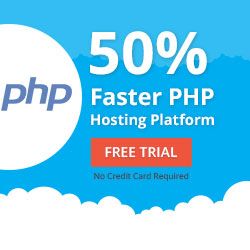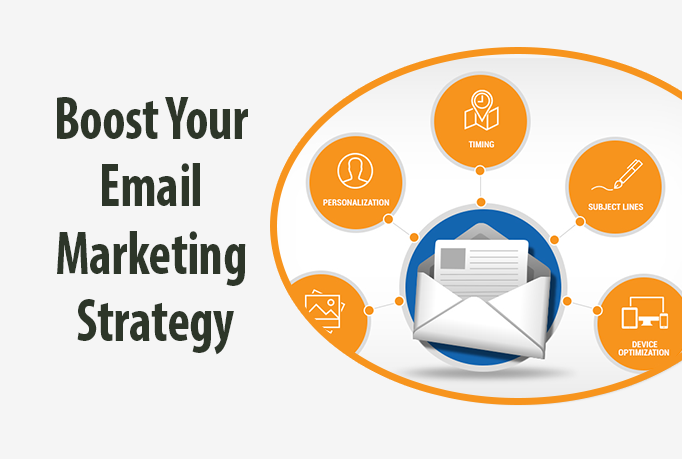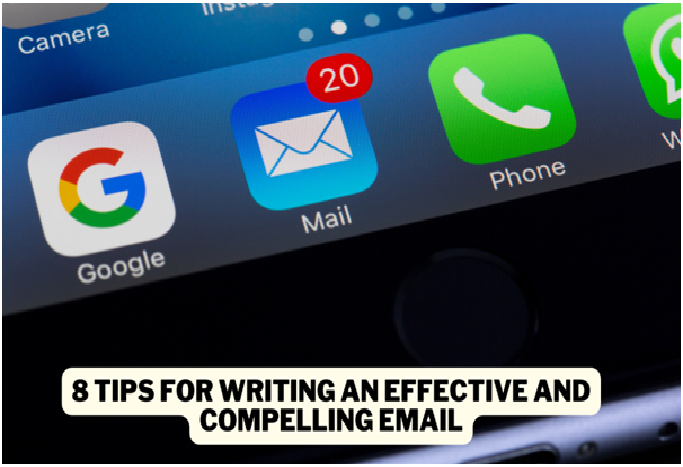Email marketing is an important part of any business's
strategy. It can help you build relationships with customers, and generate
leads and sales while generating revenue for your business. But if you're new to email
marketing or have been doing it for a while but aren't seeing the results you
want, there are some simple tips you can use to boost your efforts:
1. Use a simple, clean
email layout
A good rule of thumb is to use only one image per email and make sure that the image is relevant and not distracting. Most importantly, remember that the most important element of your email is the "text”. Make sure it's readable.
- Use a simple, clean layout.
- Avoid using a lot of images in your emails.
- Avoid using text with the same color as the background. This can make it difficult for recipients to read and reply, which is why we recommend avoiding this kind of design at all costs!
-Use a plain background color and font that is easy to read (for example black font on a white background).
2. Optimize for mobile
Mobile browsing is on the rise, and you need to be
ready for it. You can't assume that people will read your emails on their
desktop or laptop screens. They're likely to be reading them on smartphones and
tablets as well! And if they do happen to see your email in a phone browser, chances
are good that you'll have a higher bounce rate than usual because of the
difficulty navigating through the page (and therefore not getting what you
want).
In order for visitors who view your emails on mobile devices to not only know what they're looking at but also understand it fully.
You need to make sure all elements within each piece of content are readable when viewed
from any angle: color contrast between text and background; font size; line
spacing between paragraphs; etc - all the factors that make it easy for
someone using their phone/tablet device to read an article online today.
3. Segment your email list
by interests and behavior
Segmenting your audience allows you to understand
their preferences and interests. This is helpful because it helps you target
the people who are most likely to engage with your emails or even purchase from
you in the future.
For example, if a customer has purchased multiple
times from your business and has an account with two different email addresses
(a personal address and a business one), then segmenting by behavior will help
uncover which one is more engaged with content on the site. If they're using
both email accounts often enough, then that suggests they value convenience
over privacy when signing up for new services like yours, so maybe it's time for
them to get another account set up.
4. Set expectations with
automated emails
Automated emails are a great way to set expectations
with your customers. You can use automated emails to let them know about new
products or services, upcoming events, or even share information about upcoming
events you've got planned for your business.
If you're sending out this kind of email, then make
sure it's personalized by using the person's name in the subject line and/or
body text so that they feel as if they're getting an actual message from
someone at their company, not just some generic marketing fluff sent from an
unknown sender (which would be worse than no communication at all).
5. Give recipients options
for content type
As you build your email marketing strategy, consider
giving your readers options for the content type that you send them. This can
help boost engagement rates and make it easier for them to unsubscribe if they
don't want more of that type of message in their inboxes. For example, if
you're sending a newsletter and you offer an option to receive all emails as
blog posts instead of as newsletters (or vice versa), this will give people who
would rather get their news on LinkedIn or Twitter another option besides
signing up for yet another weekly email blast from yours truly.
6. Monitor Open Rates and
Click-throughs
Tracking email open rates and click-throughs are
important in order to ensure that your emails are reaching the right audience.
In addition, it can be helpful for you to understand how effective each email
is at converting leads into customers.
There are several tools available for tracking this
data, such as Google Analytics for Gmail or MailChimp's Templates feature. You
should also use any third-party marketplace where you sell products or services
(like Shopify) because they will provide access to analytics tools built
specifically around their platform's features.
You should also consider using a service like SumoMe
which offers integration with other tools such as Google Analytics so they're
automatically tracked by all of them at once.
7. Measure your results
and adjust
When it comes to email marketing, you should be
measuring your results. The more data you have, the better position you'll be when making adjustments or changes. Here are some ways to track and measure
your campaign:
- Use analytics software like Google Analytics or MixPanel that can track user engagement and behavior at scale. This will give you a better idea of who is engaging with your emails and when they do so.
- Use
third-party services like Getresponse to offer features like
conversion tracking (tracking how many people sign up for a newsletter
subscription) as well as email segmentation.
8. Always include social
share icons
The share button should be at the top of your email,
as this is where users are most likely to click. If you don't have any call to
action, people will probably not follow through with anything in your email.
Social media is an important part of building your
brand and getting new customers. By adding a link to your website in one of
these emails, you can start building an audience for future marketing efforts.
9. Be consistent
Consistency is one of the most important factors to
consider when building an email marketing strategy. Consistency will help you
stand out from competition and build trust with your subscribers, making
them feel like they can rely on you for information and advice.
It's also an invaluable factor for building
relationships with people who are yet to know about your products or services. It also helps in establishing yourself as a brand name in their minds.
10. Pick an email provider
that offers tools to make personalization easier
You can use tools that allow you to personalize the
content of your emails. This will make it easier for users to digest and
respond more quickly, which will increase engagement rates.
These types of tools include:
- Link tracking: This feature allows you to see how many people actually clicked on a link in your email. You can then use this information to decide whether or not the link was relevant and helpful for users.
- Segmenting: This allows you to create personalized groups based on user behavior. For example, if a user has visited several pages of your website but hasn't purchased anything yet, you may want to send them more content about why they should purchase from your company.
- Automated emails: This feature allows you to create automated emails that are sent out on a schedule. For example, if you want to send an email every Monday morning with the latest blog posts from your website, this option can help make sure it happens.
Conclusion
Email marketing is a powerful tool that can help you build
your brand, increase sales, and increase customer satisfaction. It's no secret
that email marketing has been declining in popularity over the past decade or
so. However, there are ways to make it more effective by using some of the tips
we shared with you today.





0 Comments